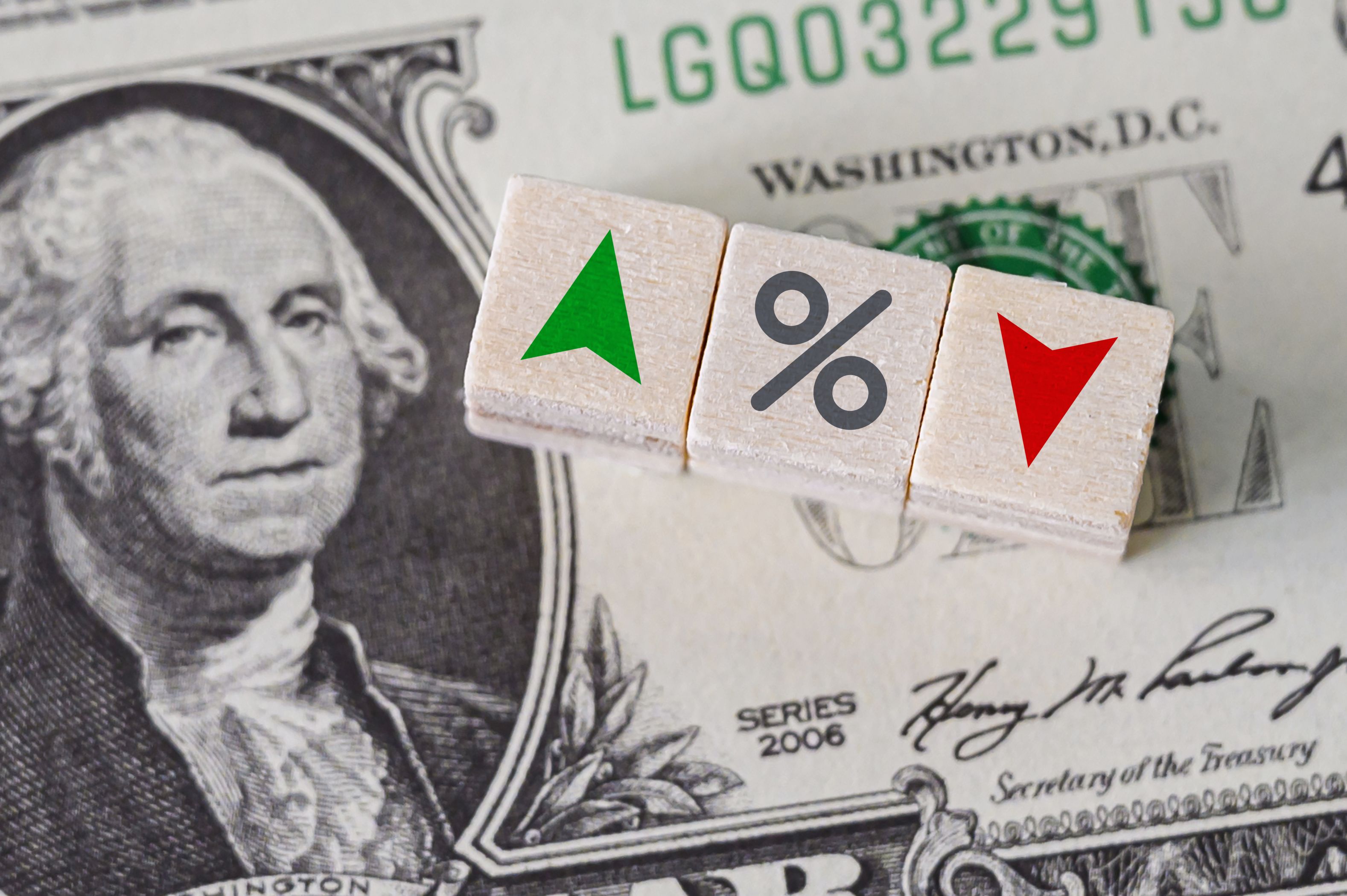THE official data quite frankly blows all forecasts out of the water, and makes even the most pessimistic projection from the street look optimistic. All gauges of economic activities plunged to their lowest levels on record, confirming the economic paralysis caused by the coronavirus outbreak.
Even with accelerated work resumption in March, it’s very likely that the economy will see an outright (yoy) growth contraction in Q1, particularly as the NBS (The National Bureau of Statistics) is not holding back from acknowledging the full shock.
The retail sector was hit hard by the viral outbreak as Chinese consumers minimized their engagement in social and economic activities. Restaurant and catering services, which account for roughly 10% of retail sales, saw revenue plunge by 43% yoy in Jan/Feb.
Sales of large-ticket items, such as auto, home appliances and furniture, were also down by >30%. Some of these reflect meagre activities in the housing market, where real-estate transactions grounded to a halt due to local governments’ tough control on human activities to slow the spread of the virus.
Some of the suppressed (offline) consumption was unleashed via ecommerce - online sales bucked the trend by recording a 3% growth. However, with the disruption to logistics services and its small share (21%) in overall retailing, growth in online sales was not enough to move the needle.
Looking ahead, consumer spending growth is expected to rebound due to pent-up demand. One thing that could derail this recovery is labour market weakness, which is already happening with the unemployment rate ticking up to 6.2% from 5.2% in December. Beijing will likely take this seriously, and ensure that sufficient policy supports are provided to keep the unemployment risk at bay.
The condition was not much better in the corporate sector. The extended public holidays, followed by slow business resumption, have led to some sharp declines in production and investment among Chinese corporates. Industrial production growth slumped to -13.5%, from 6.9% in December.
Manufacturing production was the worst hit, falling by 15.7%, consistent with early readings from the PMIs and trade. Mining and energy production fared better, but not by much, thanks to their less labour-intensive nature which made work resumption easier. A crude analysis of IP vs. real GDP suggests Q1 growth will likely contract on a yoy basis.
The highly uncertain business environment, coupled with labour shortages, has held back corporate investment. Manufacturing FAI growth plunged to -31.5% in Jan/Feb, while investment among real estate companies fell by 16.3%.
The surprise came from infrastructure investment, which failed to provide any offset with growth tumbling by 30% too. Despite the frontloading of bond issuance, the local authorities appear to have their hands full managing the epidemic in the past two months. This is an area that a V-shaped growth rebound is possible as the government has now shifted its focus to support growth.
All in all, the activity data is simply – for a lack of better word – horrendous, but largely confirmed the devastating shock many had anticipated.
The good news is that the economy has moved past the trough and started to normalize since mid-Feb. The latter should ensure a sequential growth recovery in March, although yoy growth will likely remain negative.
The bad news is that the global backdrop has deteriorated markedly in recent weeks as the coronavirus wreaks havoc outside China. We are in the process of downgrading our global growth forecast again to reflect the worsening pandemic, which will likely feed back to China via weak external demand, supply-chain disruptions and tighter financial conditions.
Offsetting these shocks will require Beijing to ramp up policy easing, which has already come in the form of a RRR cut just two days ago.
The latest RRR cut, which came shortly after President Xi’s visit to Wuhan and Premier Li’s call for greater economic support, is a clear indication that Beijing’s priority has now shifted to saving the economy.
We think the room for more monetary easing has been expanded by falling inflation pressure thanks to weak demand and collapsing energy prices.
Aggressive rate cuts from the Fed and other central banks also open the door for more easing in China if Beijing does not want to see too much yuan appreciation – which has risen by c2% on a trade-weighted basis – at a time when the economy is confronting falling demand and prices.
Finally, monetary easing might be needed to supplement quasi-fiscal stimulus – by providing cheap financing for infrastructure investment – in order to amplify the growth support. We, therefore, see further interest rate/RRR cuts in the coming quarter, along with more tax/fee relives and infra investment on the fiscal side.
However, we doubt China now has the intention, or ability, to stimulate growth to such a degree that fully offsets both a crippling shock internally and a global catastrophe akin – in scale – to the GFC.
Considering these factors, we are now looking to further downgrade our China growth forecast to account for a deeper initial plunge in the economy followed by a more lackluster recovery due to weaker global growth.
Aidan Yao is senior emerging Asia economist at AXA Investment Managers









